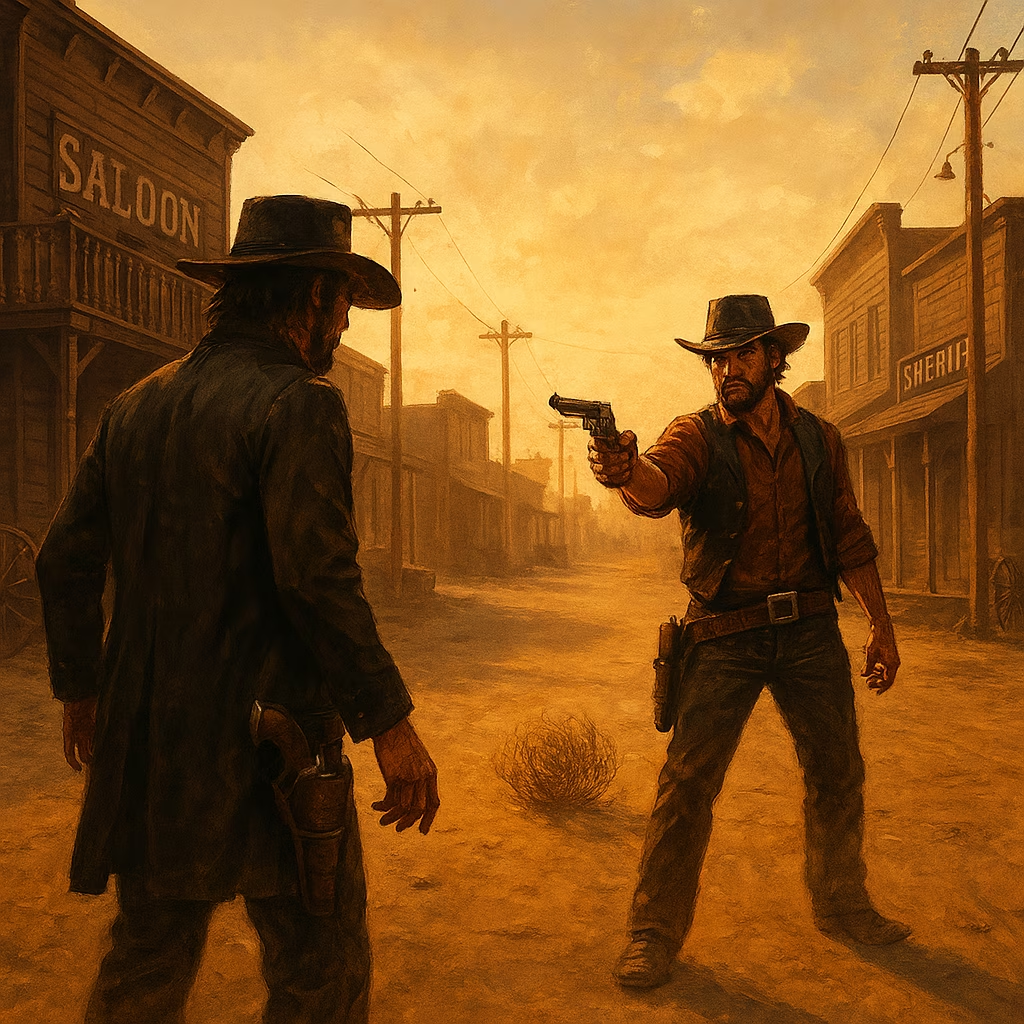The sharp, rhythmic drumming echoes through the pine forests of Red Dead Redemption 2's sprawling frontier, a mechanical staccato that cuts through the wilderness silence like a telegraph operator hammering out urgent dispatches. These percussive signatures belong to the game's elusive woodpeckers—small avian artisans whose crimson crowns flash through the canopy like dropped garnets in a mossy tapestry. For players traversing the American West in 2025, these birds remain prized targets, whether for Red Dead Online's rotating Daily Challenges, crafting exotic hat accessories, or simply savoring their gamy meat over a campfire roast. Two distinct species dominate the ecosystem: the regal Pileated Woodpecker with its flamboyant scarlet crest, and the ironically named Red-bellied Woodpecker, whose snowy underbelly contradicts its fiery crown—a biological jest nature scribbled into the game's code.

Regional Hotspots: Where the Drummers Gather
Tracking these feathered percussionists requires patience and geographic savvy. Their territories sprawl across five major regions, each with micro-habitats where they stitch through the air like nimble needles weaving forest brocade:
- New Austin: Arid zones harbor sparse populations, notably:
▶︎ Between Stillwater Creek and Manteca Falls’ dusty plateaus 🌵
▶︎ Along Hennigan’s Stead’s northern border, where Joshua trees stand sentinel
- West Elizabeth: Lush woodlands host dense clusters:
▶︎ Eastern Tall Trees, where redwoods tower like arboreal skyscrapers
▶︎ Aurora Basin’s misty shores 🏞️
▶︎ Upper Montana River corridors (avoid Mount Shann’s icy peaks ❄️)
- Ambarino: Frost-kissed forests cradle migrating flocks:
▶︎ Cumberland Forest’s northern stretches—prime listening posts for drumming
▶︎ Tempest Rim’s wind-scoured valleys and Calumet Ravine’s hidden gullies
▶︎ Grizzlies East, tracing paths toward O’Creagh’s Run’s frozen lakes
- New Hanover: Deciduous zones buzz with activity:
▶︎ Roanoke Ridge’s entirety—a symphony of pecking echoes here 🍂
▶︎ Kamassa River banks (westward to railways, but avoid Caliban’s Seat)
▶︎ Flat Iron Lake’s northern shores, where willows dip into murky waters
- Lemoyne: Swamplands offer surprising havens:
▶︎ Bluewater Marshes’ moss-draped cypresses near Lemoyne’s border
▶︎ Sisika Penitentiary’s isolated eastern banks—a prison break for birds 🏝️
▶︎ Scarlett Meadows’ sun-dappled clearings and Flat Iron Lake’s western islands
Hunting Nuances & Behavioral Quirks
Spotting woodpeckers demands eagle-eyed vigilance. They favor elevated perches—dead snags, pine boughs, or riverbank willows—where their drilling resonates like tiny jackhammers. Players should:
🔫 Use varmint rifles or small-game arrows for clean kills
🕒 Hunt at dawn or dusk when activity peaks
🎯 Listen for rapid-fire calls—a sound akin to rattling pebbles in a tin cup
Ironically, the Red-bellied species flaunts minimal belly redness, a design choice mirroring nature’s own mischievous contradictions. Their flight patterns resemble erratic zippers closing gaps between trees, abrupt and purposeful.
Does this intricate virtual ecology—where coded birds mirror real-world behaviors—deepen our connection to wilderness, or merely gamify nature into collectible trophies? Perhaps these digital drummers are less like animals and more like unsent love letters from developers, inked in feathers and scattered across the map for us to decipher.